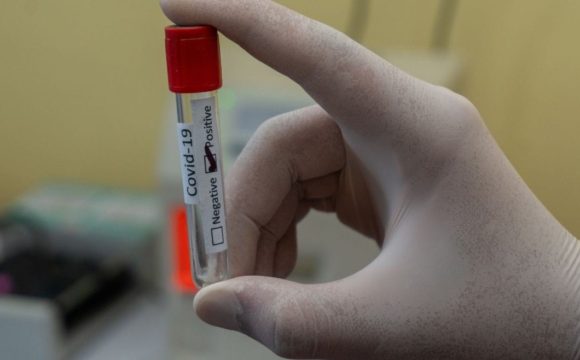For years, the molluscs, octopi and cuttlefish have fascinated scientists with their strange adaptations. These soft-bodied creatures which lack shells, can instantaneously change their skin colour and pattern, much like chameleons, to blend in their surroundings. They can also change their skin into textured 3D surfaces, quickly and reversibly, to mimic other objects such as corals. In the vast sea of predators, camouflage is one of their only hopes at staying alive.

An Octopus changing its skin color and texture.
These mechanisms have inspired researchers at the Cornell University, US, to develop a programmable synthetic skin that can stretch and morph into 3D shapes. The researchers, along with cephalopod biologist Roger Hanlon of the Marine Biological Laboratory (MBL), reported their study in the journal Science.
Their pneumatically-activated material is based on the papillae found in these cephalopods. Papillae are comparable to the human tongue in structure, as they are muscular without any bones. They developed the morphing material by embedding an extendable elastomer membrane in a non-expandable fiber mesh. The current prototype for the textured skins looks fairly undeveloped. By dividing up the silicone bubbles with concentric circles of fiber-mesh frames, the researchers figured out how to control the shape of the silicone as it inflated. They managed to inflate the bubbles into some new shapes by reinforcing the mesh. For instance, they created structures that mimicked a succulent plant.
“Engineers have developed a lot of sophisticated ways to control the shape of soft, stretchable materials, but we wanted to do it in a simple way that was fast, strong, and easy to control,” said James Pikul, the lead author of the paper. “We were drawn by how successful cephalopods are at changing their skin texture, so we studied and drew inspiration from the muscles that allow cephalopods to control their texture, and implemented these ideas into a method for controlling the shape of soft, stretchable materials.”
![]()
An image of the silicone-mesh composite that when inflated with air mimics the papillae that cephalopods inflate to texture their skin for camouflage.
(Image Source: J.H. Pikul)
The ability to rapidly switch between a flat 2D surface to a bumpy 3D exterior could prove useful in objects that need to pass through water or air. The team also mentions that in situations where temperature control is important, the material could be programmed such that its 2D configuration reflects light, while its 3D arrangement absorbs it, regulating or manipulating the temperature as required.
“We don’t want this to be a technology that only a few people in the world can use; we want it to be fairly easy to do,” says Robert Shepherd of Cornell University. He wanted the texturing technology, which built on the team’s earlier findings on how to make color-changing silicone skins, to be accessible to industry, researchers and hobbyists alike. Therefore, the team intentionally used limiting technologies like laser cutters to manufacture the wire rings, since that’s what people outside a research lab might use.
This technology could one day be used in soft robots, which are typically covered in a stretchy silicone “skin”. This technology might also find applications in military operations or in the study of various ecosystems which are inaccessible to humans. A lot is to be accomplished with this bioengineering and meanwhile the study researchers are further exploring the capabilities of this synthetic skin.
References:
Pikul, J. H., Li, S., Bai, H., Hanlon, R. T., Cohen, I., & Shepherd, R. F. (2017). Stretchable surfaces with programmable 3D texture morphing for synthetic camouflaging skins. Science, 358(6360), 210-214.
https://www.nbcnews.com/mach/tech/octopus-inspired-skin-may-bring-3d-camouflage-robots-ncna811051
https://futurism.com/scientists-have-created-programmable-synthetic-skin/










